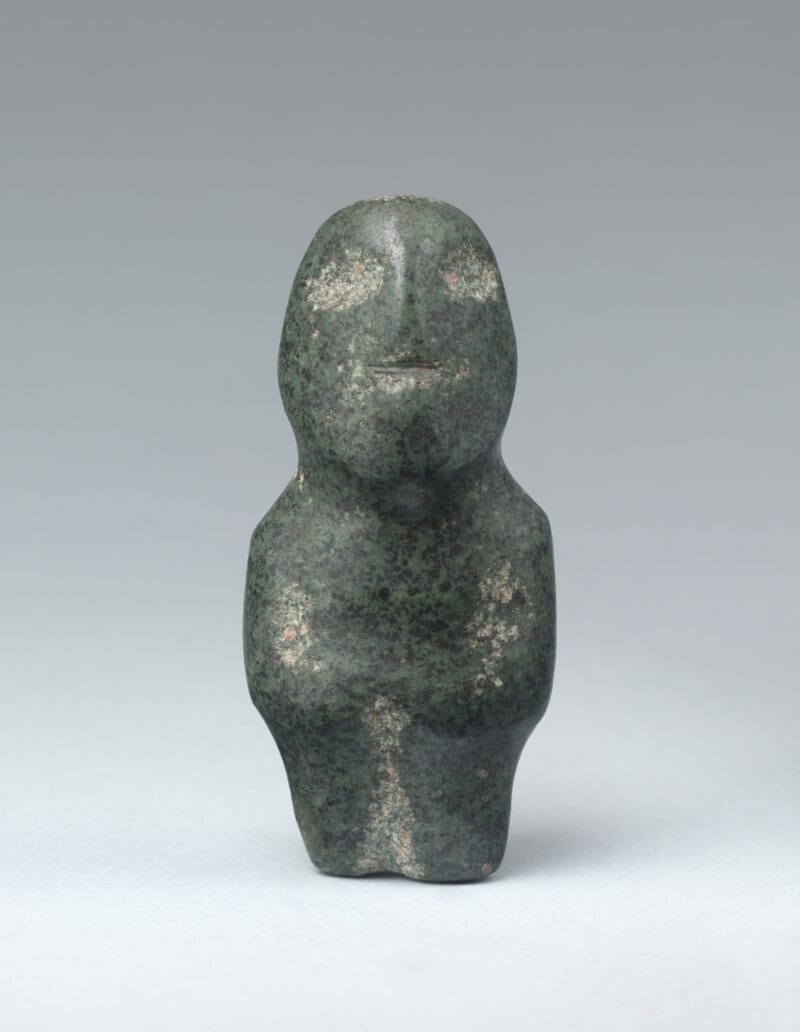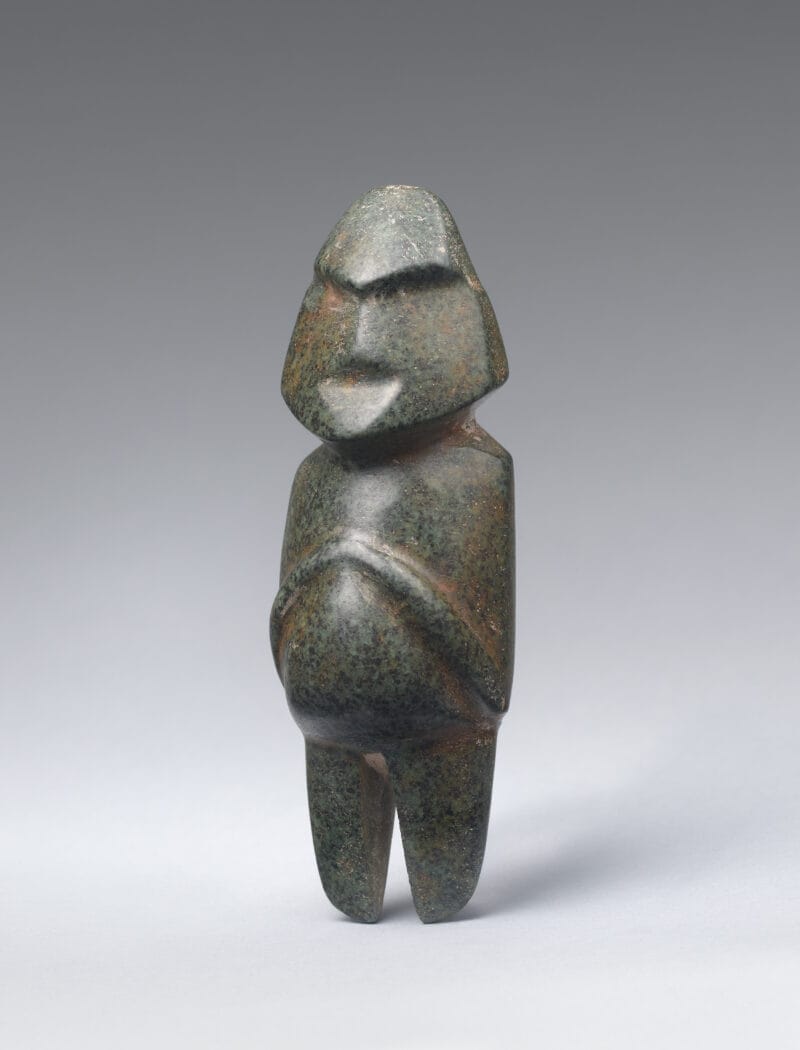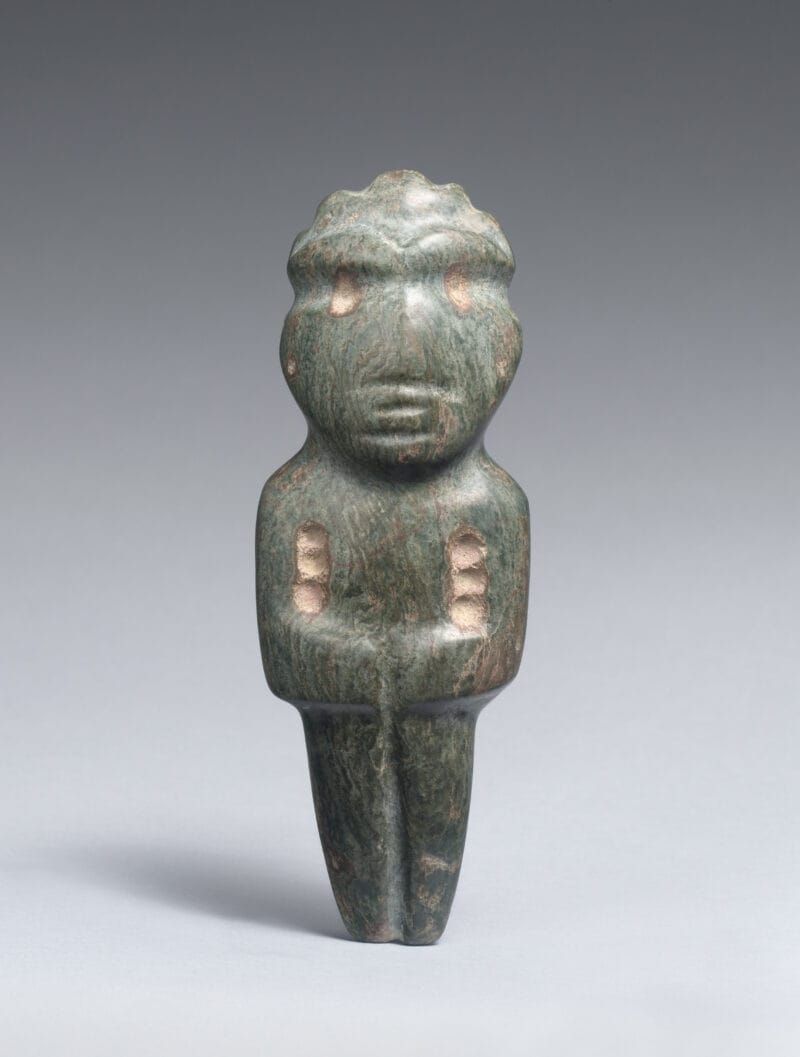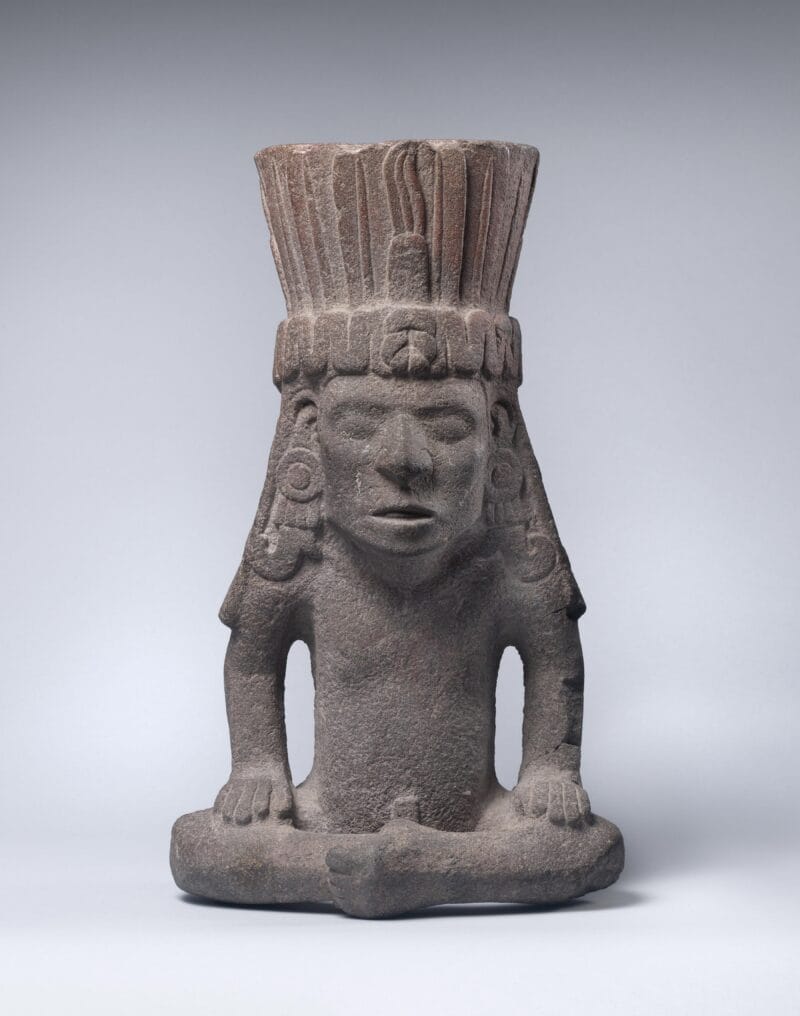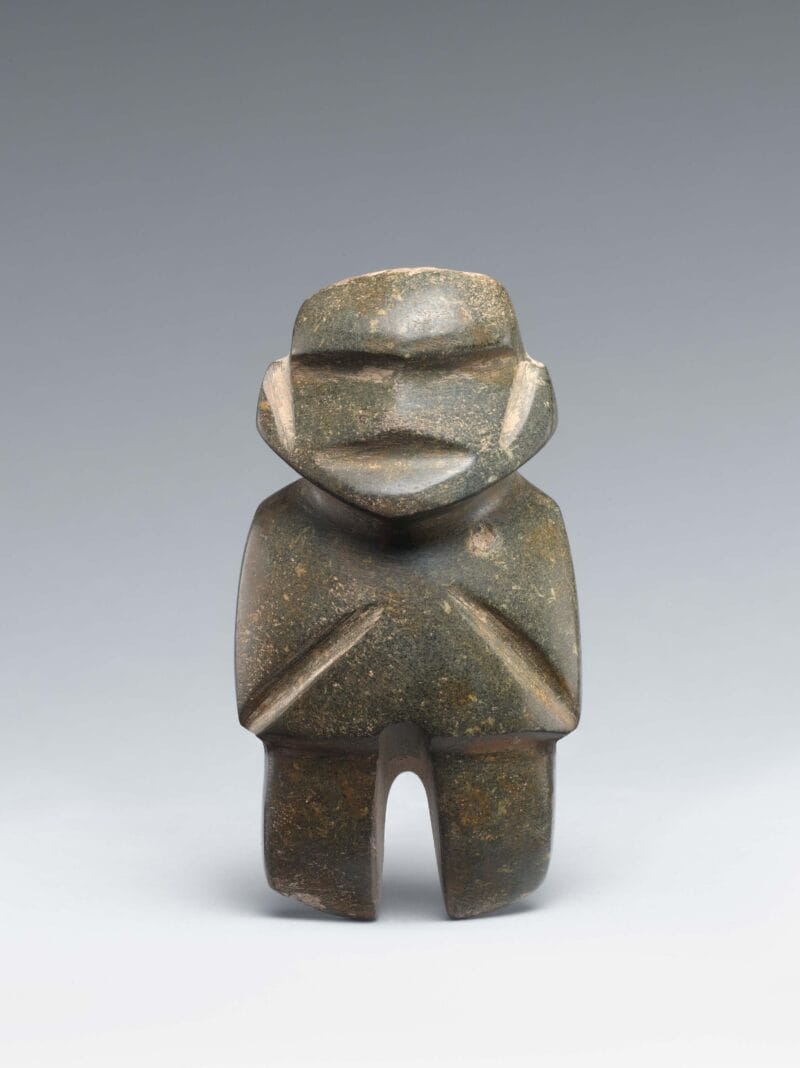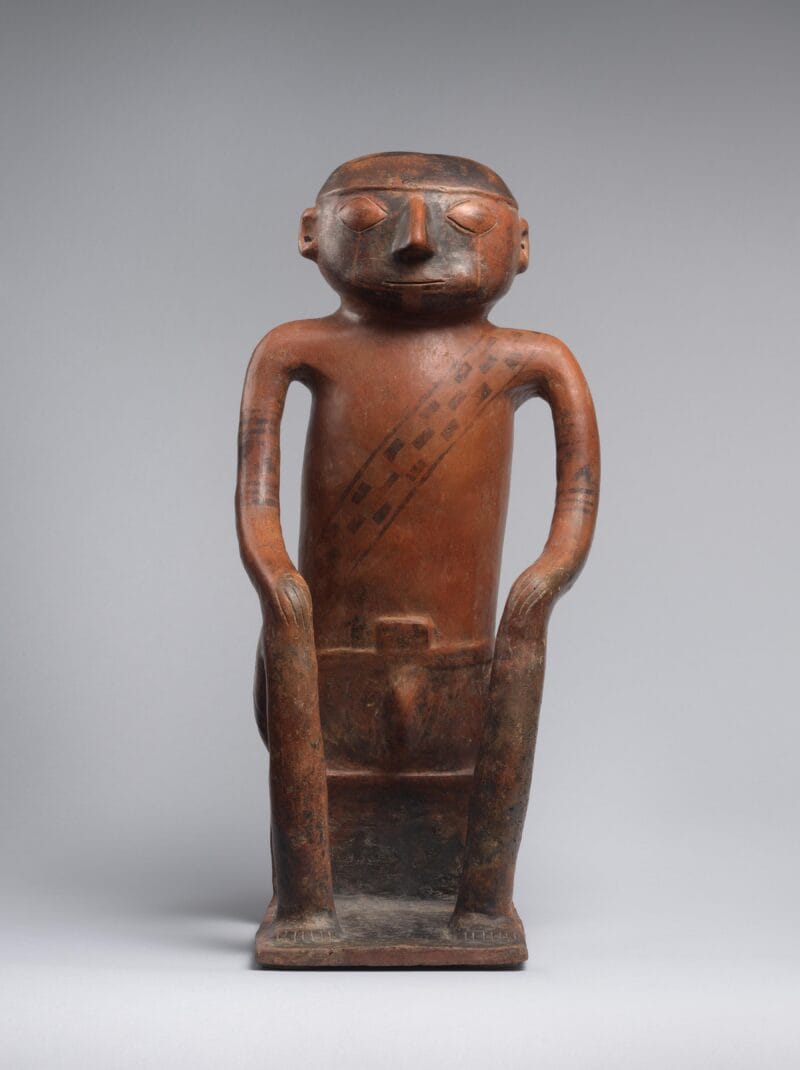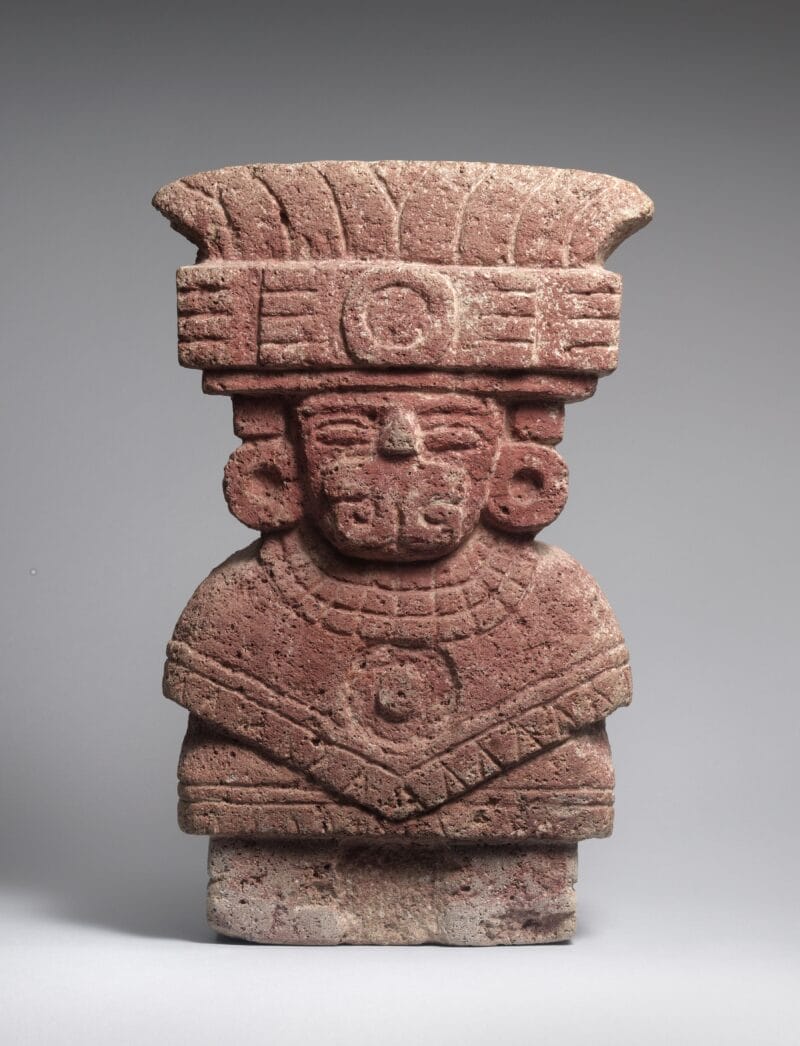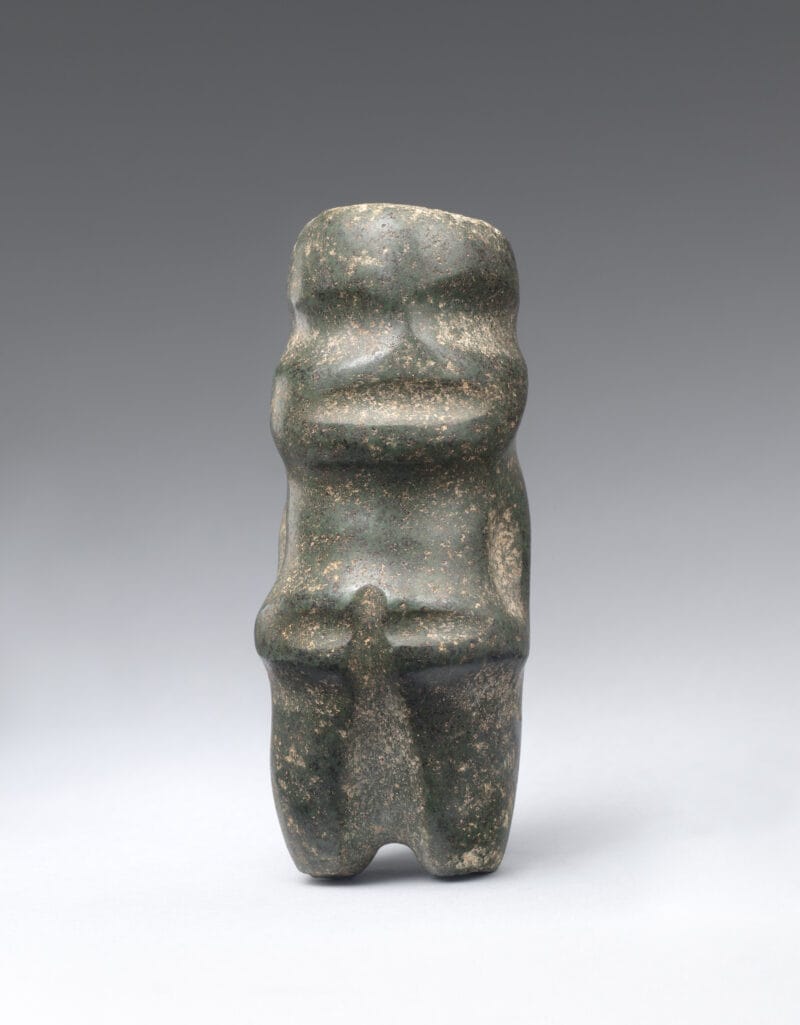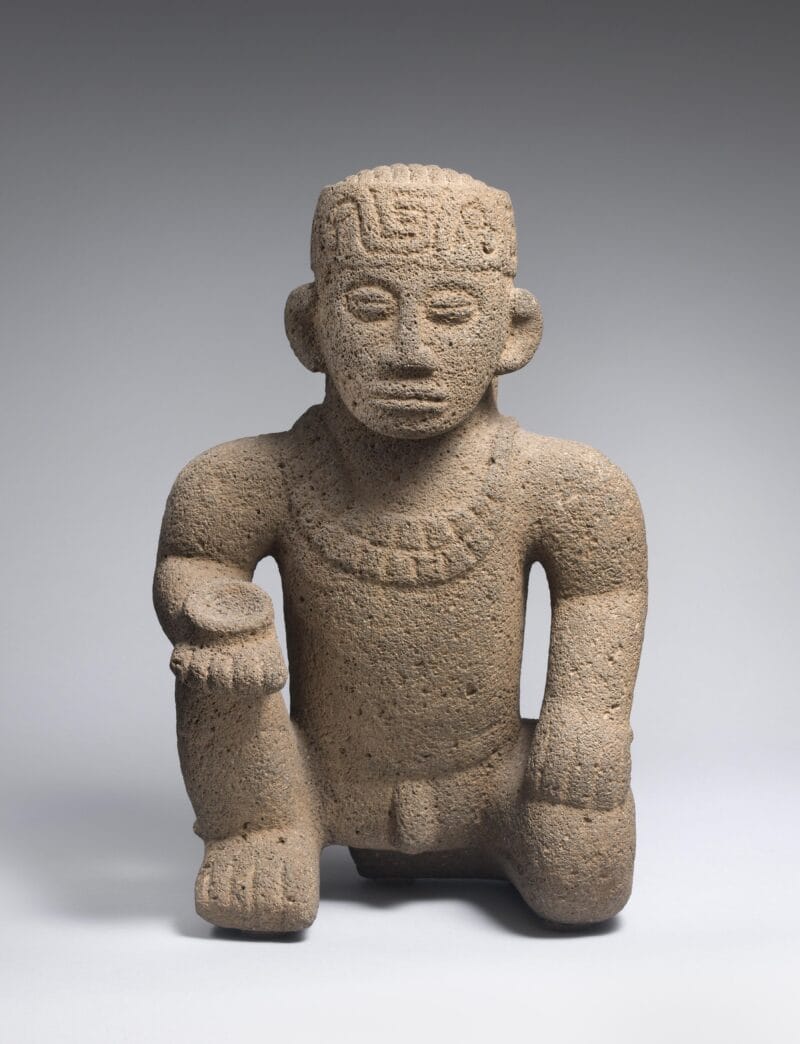
About the Object
The unclad seated male figure seen here was carved from volcanic stone and is notable for its upright posture and serene forward gaze. The seated man wears a double-stranded beaded necklace and helmet or headdress. The right hand rests upon the right knee with the palm upturned and displaying some type of vessel, possibly an offering to the gods. Meanwhile, the figure’s empty left hand rests upon the left knee. The size of this work suggests this figure may depict a priest or chieftain. Similar examples have also been recovered at archeological sites at the Guanacaste–Nicoya region.
Additional Information
From Spanish conquistadores to modern archaeologists and other scholars, the societies of Mesoamerica and the Andes have historically attracted the most attention. Meanwhile, the people of the Intermediate or Isthmian areas were also fashioning unique and dynamic societies in what is today Central America, encompassing a zone stretching from contemporary southern Mexico to Venezuela and Ecuador. These areas were vital corridors for the transmission of materials, peoples, and concepts between these two major hearths of pre-colonial civilizations of the Americas. The archaeological division of Costa Rica falls into three style regions: the Guanacaste–Nicoya (northwest), the Central Highlands–Atlantic Watershed (east), and the Diquis (southwest).
[Throckmorton Fine Art, New York, NY];
The Jan T. and Marica Vilcek Collection, 2001-2010;
Gift to The Vilcek Foundation, 2010;
Related Objects
You may also be interested in
Juan Pablo Contreras composes classical music with the sounds of Mexico
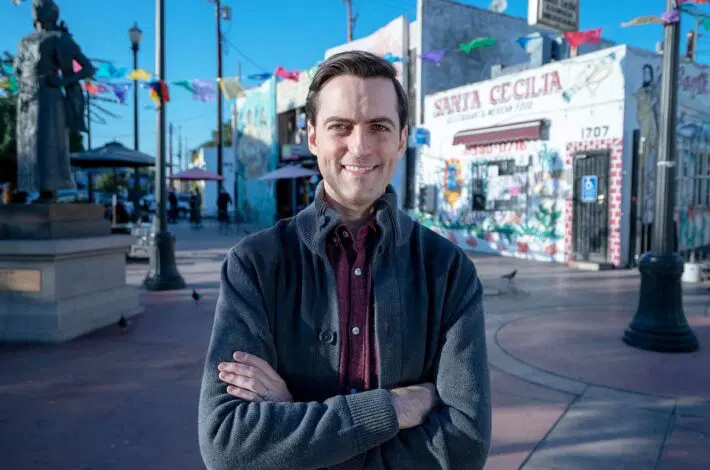
Alejandro Sánchez Alvarado: “Making the improbable possible”
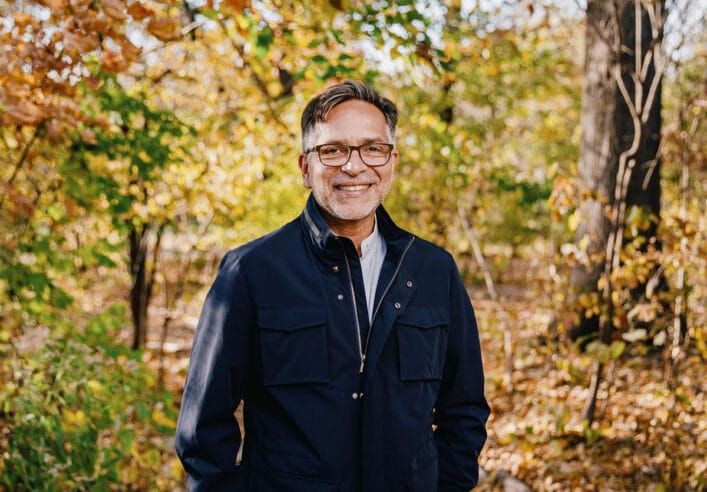
Felipe Baeza


